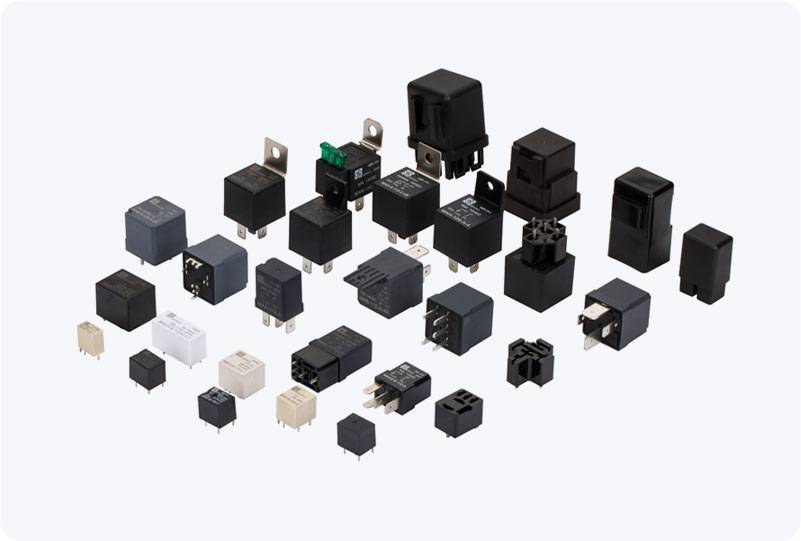Power Distribution Relays (PDRs) are integral components in modern electrical power systems, playing a crucial role in ensuring the stability, reliability, and safety of power distribution networks. These devices are designed to monitor electrical parameters, such as current and voltage, and to take actions to protect the system from faults, overloads, and other irregularities. By detecting and responding to abnormal conditions, Power Distribution Relays prevent potential damage to equipment and reduce the risk of widespread power outages.

The Role of Power Distribution Relays in Power Systems At its core, the primary function of a Power Distribution Relay is to safeguard the electrical network by ensuring that faults, like short circuits or overloads, do not compromise the system’s integrity. These relays are typically installed in substations, distribution boards, and transformer stations, where they monitor the current, voltage, frequency, and other electrical parameters that are essential for proper system functioning. When an electrical fault occurs—such as a short circuit or an overcurrent event—the Power Distribution Relay detects the anomaly and immediately triggers an action, such as disconnecting the affected circuit or component. By doing so, it isolates the problem from the rest of the system, thereby preventing further damage and maintaining system stability.